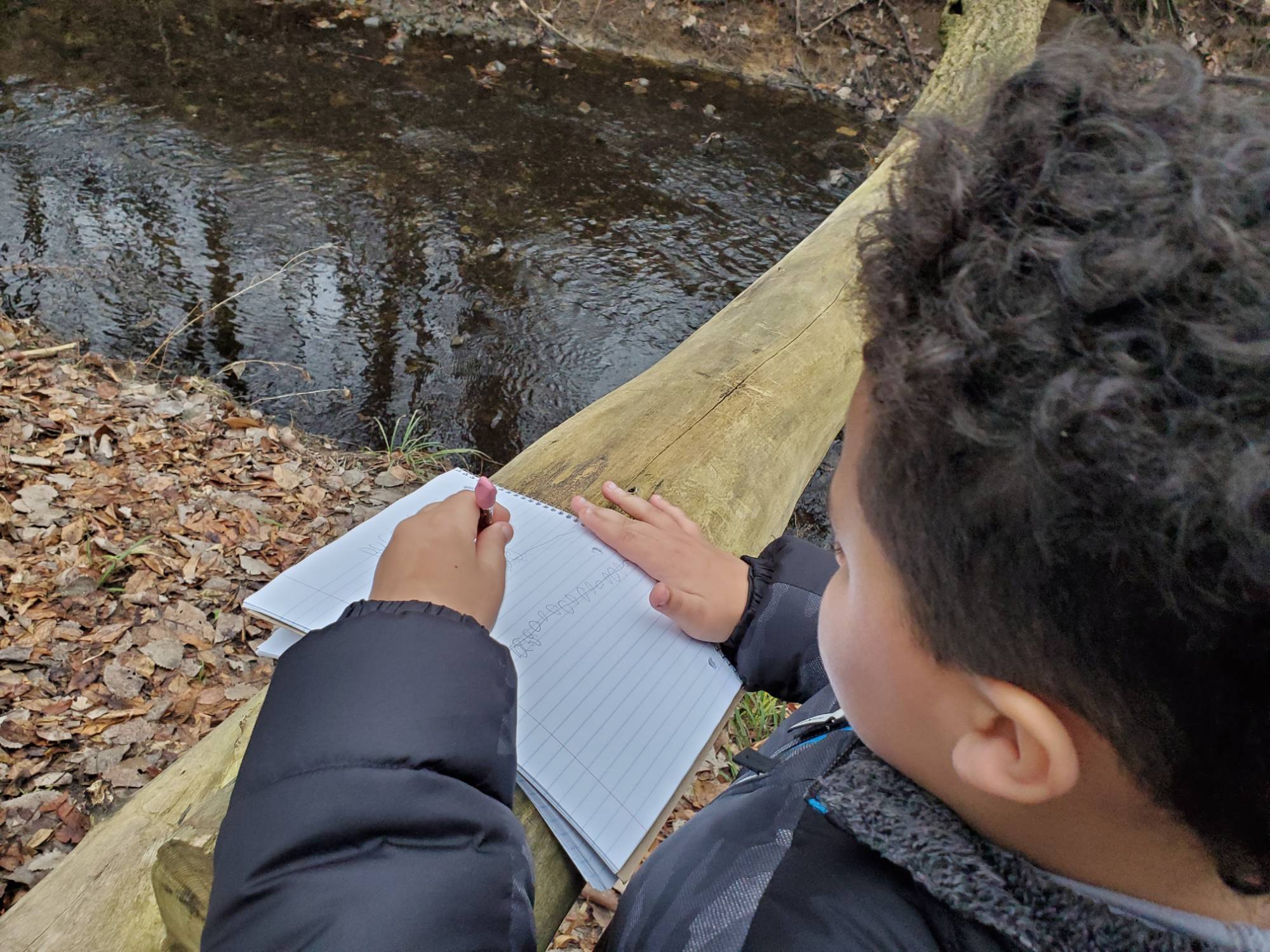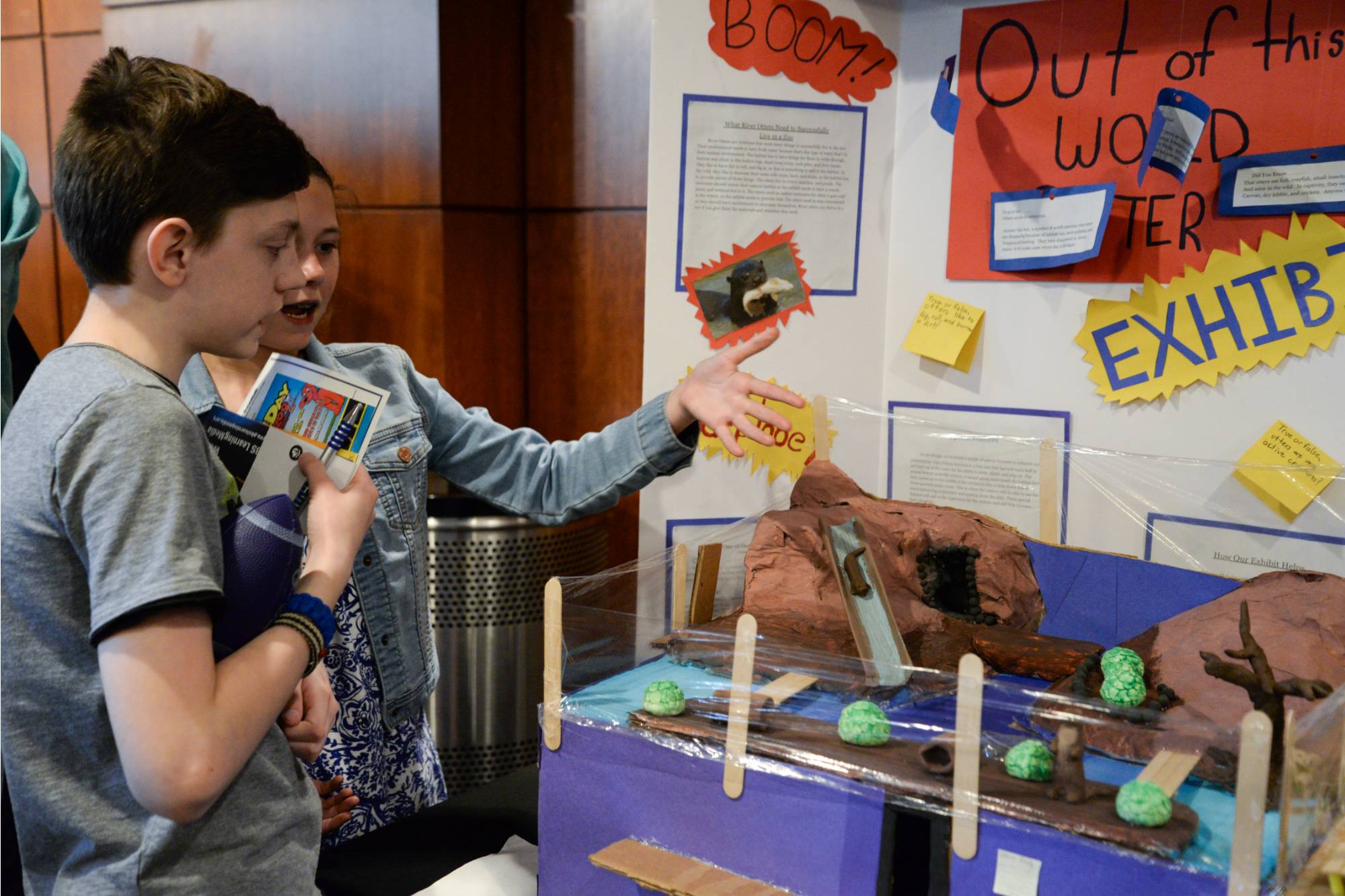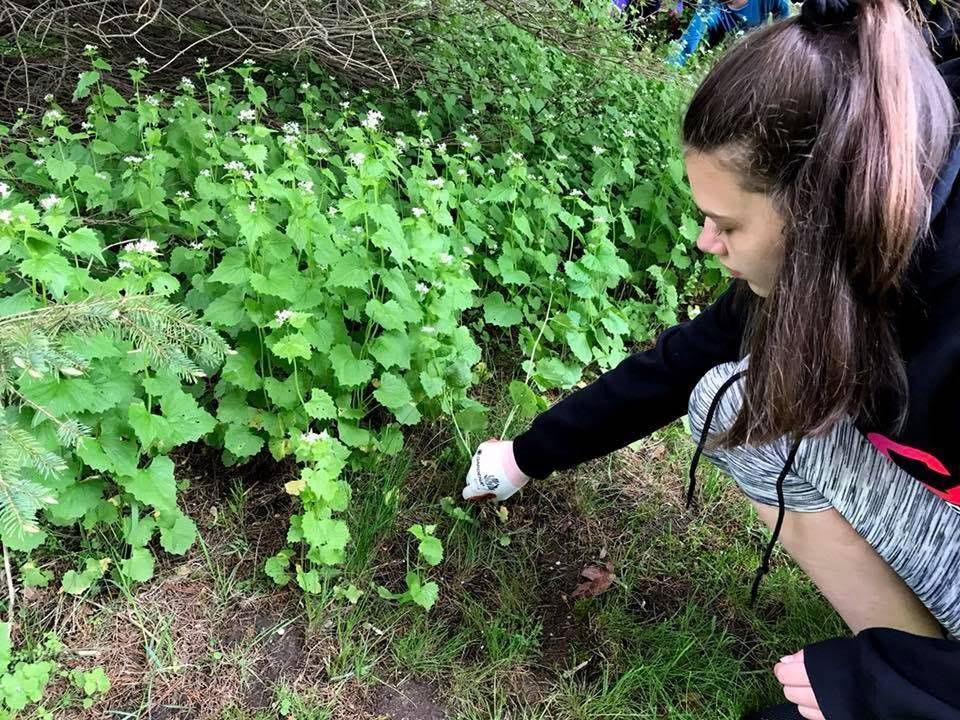Due to forecasted weather conditions, the university has implemented REMOTE STATUS on Friday, December 19, 2025. Students, faculty, staff, see email for more information.
Supporting Practices


[1560350993].jpg)



About Supporting Practices
The MWEE also includes four supporting practices that describe “what teachers do,” along with their partners, to ensure successful implementation with students. The supporting practices are teacher facilitation, learning integration, sustained experiences, and local context.
Teacher Facilitation
What is Teacher Facilitation?
MWEEs require that teachers support student learning for the duration of the MWEE, both inside and outside the classroom. Teachers balance facilitation, direct instruction, and coaching roles to create a student-centered learning experience where the essential elements of the MWEE come together to support goals for learning and create opportunities for students to take active roles in the learning process. Teachers provide space for student choice and voice by creating learning experiences that center on students' values.
Classroom Connection- Meaningful Community Partnerships
Community partners are often involved in MWEEs in varying capacities. Partners can provide professional development opportunities that support teachers' content knowledge, understanding of pedagogies, and confidence to implement a MWEE independently. Partners can also lead MWEE activities or lessons at their site or the school, but teachers should remain actively engaged.
There are many community partners available to collaborate with on your MWEE.
Community Partner Spotlights
Blandford Nature Center
Grand Rapids Parks and Recreation
Grand Rapids Public Musuem
GVSU Annis Water Resources Institute
John Ball Zoo
Kent Conservation District
Kent County Department of Public Works
Lower Grand River Organization of Watersheds
Plaster Creek Stewards
River Network
Trout Unlimited
Van Andel Education Institute
West Michigan Environmental Action Council
WGVU
Making the Most of Partnerships
Even when activities or lessons occur at partner sites or are primarily led by partners at the school, teachers should be actively engaged. Connect partner-led experiences to prior learning, foster critical thinking, and lead reflection after the experience so that the entire MWEE experience feels cohesive to the students regardless of the facilitator. To support this level of engagement, build on content knowledge and connect to partners through professional learning opportunities that support content knowledge, understanding of the MWEE framework, and confidence and intention to implement MWEEs independently.
Learning Integration
What is Learning Integration?
The MWEE is an educational framework that helps teachers engagingly meet their learning objectives. MWEEs are not meant to be something “extra” but rather a means of enhancing lessons for deeper student learning while meeting academic standards. To achieve this vision, MWEEs should be embedded into the school curriculum to support learning and student achievement goals. They can also provide authentic, engaging, interdisciplinary learning that crosses traditional boundaries between disciplines.
Classroom Connections- Curriculum Anchor
The Curriculum Anchor of the MWEE identifies the connections of the MWEE to academic standards and establishes relevant, local contexts for learning. By defining the learning objectives and the driving question within the local context, the Curriculum Anchor component demonstrates the MWEE supporting practices of Learning Integration and Local Context. Usually, the Curriculum Anchor is completed by the teacher with no student involvement so the teacher can place the MWEE essential elements within their curriculum.
Sustained Experience
What Is Sustained Experience?
MWEEs rely on teachers to plan and implement a series of rich and connected learning opportunities where each essential element - from asking questions during Issue Definition through implementing Environmental Action Projects - builds upon and reinforces the others. To accomplish this, MWEEs are incorporated into a unit or multiple units, where learning happens both in and out of the classroom. This provides adequate time for students to reflect on the individual lessons and experiences and how all of the elements cohesively come together. While an individual lesson may occur in one class period or field experience, that lesson or experience should be explicitly connected to the larger learning sequence of the MWEE.






Classroom Connection- Celebrating Your Success
MWEEs take effort to establish, so it is important to both celebrate your success and create a plan to ensure it continues into the future. Building broad awareness about a MWEE may strengthen its support and, ultimately, its long-term success. This can help increase your school’s understanding of and excitement for the MWEE and build toward or reinforce a school culture that embraces environmental education. It is also important to recognize community partners who lend support through resources, money, or time teaching and supporting students.
A news blast can be sent out to your school or PTA newsletter, website, or social media accounts.
Students can deliver powerful testimonials about their MWEE during a student showcase or school board meetings.
The community surrounding a school is generally interested in learning more about school initiatives, especially because many of the community members have family who are attending, will attend, or have attended the school.
Local Context
What is Local Context?
MWEEs use the local environment and community as a context for learning relevant to students’ lives. Situating the MWEE within local contexts promotes learning rooted in the unique culture, history, environment, economy, literature, and art of students’ schools, neighborhoods, or communities. To enrich MWEEs, local resources (e.g., partners, expertise, field sites) should be incorporated. Partnerships, such as those with local community-based organizations, create opportunities for students to engage with members of their community of diverse cultures, values, and expertise that can make a more equitable and inclusive experience. Emphasizing the local context enables students and teachers to develop stronger connections to and appreciation for their local environments and communities. This also allows students and teachers to explore how their individual and collective decisions affect their immediate surroundings and, in turn, affect larger ecosystems and watersheds.






Classroom Connections- Local Issues
Learn about many of the complex problems facing the Great Lakes region. Identify environmental issues that are locally relevant to your students as the base for developing your MWEE.
MWEE Audit: Supporting Practices
The MWEE Audit Tool for Supporting Practices can be used to determine if your program meets the full definition of the MWEE. The Audit Tool can also be used as a reflection tool both during and after implementation to identify the strengths of the MWEE and where the MWEE could be improved next time.

